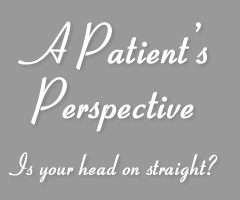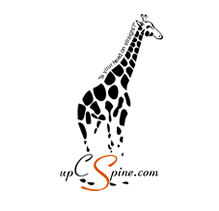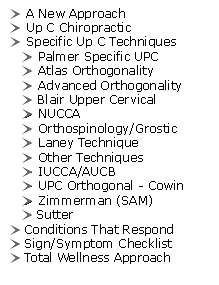

 |
 |
|
Home | A New Approach | Specific Up C Techniques | Other Techniques OTHER TECHNIQUES There are some other ‘listed’ upper cervical techniques, which I will mention here however, I do not know enough about these techniques to begin to explain them. Where I have managed to find some information I have provided it here in summary with the appropriate sources. A few techniques are not solely upper cervical and include full spine procedures. I would hope at some stage to gather more detailed information, including whether or not they are still practised as originally developed or in some modified or new form and add them as separate pages to the UpC techniques section of my website. Some of these have their place in the history of upper cervical chiropractic development and are the forerunner for many of the UpC techniques available today. For a list of many chiropractic techniques I refer you to the following URLs. Hopefully you won’t be too confused! I think this is another issue with chiropractic in general which needs to be addressed as a matter of urgency. We need well thought out research to determine the best technique or combination of techniques, which are most effective at restoring health for patients. http://www.nsirtech.com/technique_list.html 1. Atlas Specific Founder: A.A. Wernsing, (deceased) " A.A. Wernsing, DC, graduated from Palmer College (School) of Chiropractic in 1926. After graduation in 1926 from Palmer School of Chiropractic, Dr. Wernsing opened a practice in Hollywood, California. During the depression (1930), he stated that so few patients came in to his office that he had considerable time to analyze their problems. He originated the nasium radiographic view in 1930 as a means to exactly determine the location of the atlas vertebra in relation to the skull. He originated the atlas plane line now used in all upper cervical techniques and he was the first to measure atlas displacements in degrees. Dr. Wernsing termed his new technique "Atlas Specific". He originated what is now termed the "triceps pull" upper cervical adjustment for C1 displacements in 1930. In 1933, he originated the side posture-adjusting table with variable headpiece, before a modified version was used in Grostic and NUCCA techniques. Grostic, NUCCA, Pettibon, Orthospinology, HIO, and Atlas Orthogonal are all derived from Wernsing’s Atlas Specific Technique, however, there are clear differences.” "Dr. Gregory had been reading Dr. A. A. Wernsing's The Atlas Specific about this time and was impressed by Wernsing's comment-due to the shape of the superior articular facets of the atlas, the atlas moves laterally as if on the rim of circle-" (1941). He showed the Wernsing book to Dr. Grostic, the axis superior articulations were added, and the condylar-axial concept became the starting point for what was to become the Grostic Technique.” It is clear from these two references that Wernsing was responsible for the early development of analysis and correction of upper cervical subluxations. He appears to be another early pioneer of ‘specific’ upper cervical chiropractic. His work has manifested itself in many of the existing upper cervical techniques. 2. Sutter Upper Cervical Technique Founder: Max and Ted Sutter (Ret.) Dr. Max Sutter's research on the anatomy of the spine and the possible mechanical movements of each vertebra were in basic agreement with Dr. A.A. Wernsing. Sutter’s research convinced him that the atlas could not rotate on the condyles without causing separation of the joint surfaces. He felt that the significant subluxations were laterality and inferiority/superiority of the atlas relative to the condyles of the occiput. Of course inferiority actually came from posterior movement of the atlas on the condyles just as superiority came from anterior movement of the atlas on the condyles.” Dr. Sutter, in adjusting, "believed in using a light toggle with a thumb contact on the transverse process. It was quick and not deep and with an almost instant release. The objective was to supply help to innate as needed, but also to allow Innate the opportunity to not use the force if it was not needed. He felt he had less need to worry about over adjusting.”
|